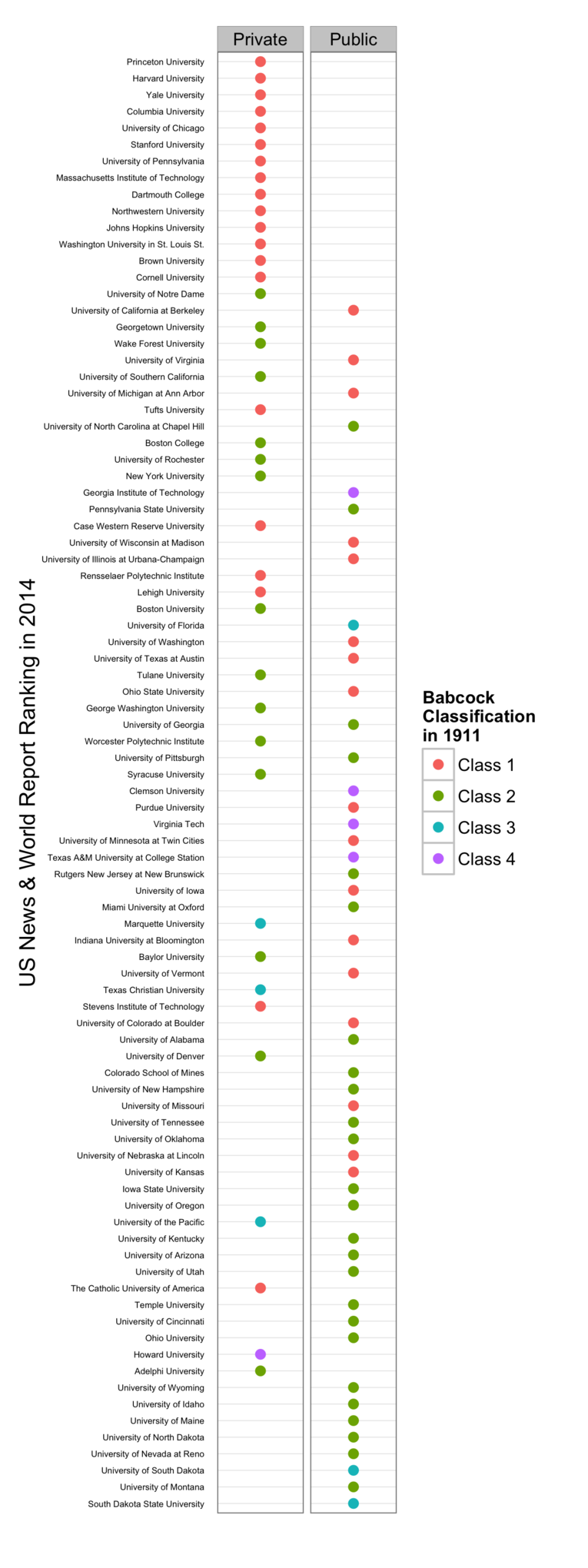College rankings haven’t changed in 100 years
Every year, U.S. News & World report famously releases a list of America’s Best Colleges.
While many other publications create their own lists, the U.S. News rankings are taken the most seriously by parents and prospective college students.
The list is so revered that colleges even attempt to game their admissions policies to appear more selective, since this is one of the main factors the publication takes into account.
Another big variable is a college’s reputation among other college administrators–something that’s not taken into account in other rankings systems we’ve written about.
Not surprisingly, Ivy League and other prestigious colleges like Stanford and MIT dominate the U.S. News list, barely changing in position from year to year.
Brand-name colleges top list each year
Over the past 100 or so years, you’d think that there would be some variation in which colleges ranked in the top 50. But a recent study by Vox found that’s not the case.
Back in 1911, the federal government attempted to rank colleges based on their quality. The Education Department released a highly controversial list of the nation’s top colleges dubbed the “Babrock Report” based on the higher education official in charge of the rankings, Kendric Babcock.
It turns out, these rankings are eerily similar to the ones U.S. News releases every year.
In the image below, Duke sociologist Kieran Healey of Crooked Timber put the ratings from the 1911 Babcock Report and the US News rankings side-by-side. The Babcock report used different ‘classes’ to rank the 600 or so universities that existed at the time, with class 1 being the best.
Reputation, not quality, determines college rankings
So why does this matter?
These similarities between the rankings show that the overwhelming factor in determining these rankings is reputation–not actual college quality.
It’s hard to believe the ‘best’ colleges in 1911, when only 3% of Americans held a college degree, would still be the ‘best’ over a hundred years later. But because they’re believed to be the best, they continue to dominate the rankings each year and influence where students apply to and attend college.
Unfortunately, these rankings come at a price, causing many students and families to overlook more affordable colleges with less-familiar names. Many students end up going into serious debt just to attend one of these colleges, and it’s not always a smart financial choice.
Don’t overpay for prestige
While many believe that attending a prestigious college will pay off in the long run, the numbers show that there’s no difference in the earnings of students who graduate from a ‘prestigious’ college vs. a lesser-known school. The student’s major and individual qualities play a far bigger role in determining a graduate’s success in the ‘real world.’
We recognize that some rankings systems can be helpful, especially lists like Money’s Best Colleges for the Money, which take financing into account. But even these lists miss some of the great colleges that offer scholarships or significant aid to qualified students and provide a quality education at a low price.
If you’re interested in learning how we can help you make college more affordable, give us a call at 1-888-234-3907 or contact us using this form.
applying to college, choosing a college, college admissions, college rankings, college value

